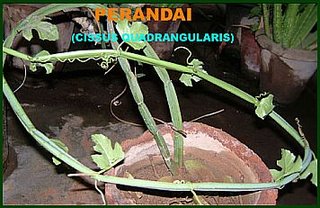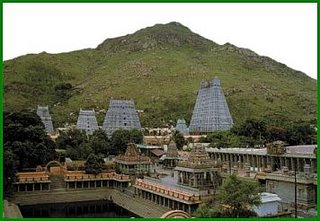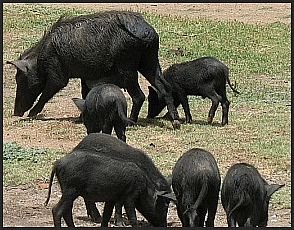
Perandai is an indigenous medicinal plant of India found in great quantities all around Arunachala. The use of this plant (by common folk) for promoting fracture healing is an old practice. It has been prescribed in ancient Ayurvedic texts by Bhava Prakash and Chakra Dutta as a general tonic especially for the fracture patient.
It contains high amount of vitamin C, carotene A, anabolic steroidal substances and calcium. These anabolic steroidal principles promote fracture-healing by influencing early regeneration of all connective tissues. In clinical trials Perandai has been found to cause reduction in the healing time of fractures by 55-33%. It is shown to neutralize the anti-anabolic effect of steroids like cortisone in healing of fractures.
Postmenopausal women are at particular risk to osteoporosis because the loss of estrogen associated with menopause leads to bone loss. Perandai (cissus quadrangularis) is likely to exert beneficial effects on recovery of bone mineral density in postmenopausal osteoporosis.
The stem of perandai is recommended in Ayurveda for the treatment of irregular menstruation, asthma, as an analgesic in eye and ear diseases and for complaints of the back and spine. Scientific studies have revealed perandai extract to possess cardiotonic and androgenic property.
It will improve appetite, remove constipation, kill stomach worms, cure piles and is also act effective for loose motion, or dysentry.
The quantity regarded as optimum by herbologists is a gramme. In Tamil homes perandai is often taken with clarified butter or in the form of a tasty chutney.
Chutney: Tender perandai add tamarind, chillies, cumin seeds and ghee, salt, fresh garlic and onion and grind till smooth. Very tasty as a condiment eaten with rice.














